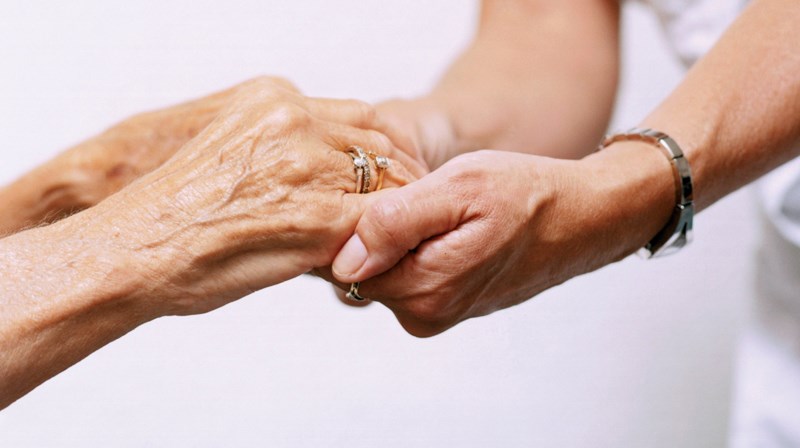These are strange and terrible times, and we are advised to not touch each other. I get that. As unnatural and sad as it may seem, it is best that we keep our hands to ourselves.
As I think about our touchless world, I am reminded of my days as a psychology undergrad at SFU and two experiments that illustrated the power of touch.
The first was conducted nearly 60 years ago by Harry Harlow. In this experiment, two populations of monkeys were placed in two very different environments. The first was one filled with lots of fun stuff for the monkeys to do – toys, puzzles, things to climb. The second was barren: just a big empty cage. Nothing to play with. Just steel bars and a cold floor.
These two groups were studied for psychological changes. Predictably, the test subjects in the rich environment were their normal, socially engaging selves, happy. Those poor souls living in sparse conditions became solitary, dysfunctional, and socially remote. They never recovered.
The second experiment was one I designed and conducted myself. Volunteer subjects – controlled for age and gender – were seated at a table, with me seated opposite, and given a list of seven monosyllabic words to memorize. In the first condition, subjects simply spent two minutes memorizing and then, after two minutes of “interference activity,” which were simple algebraic problems, asked to recall the words.
In the second, experimental condition, I made discreet physical contact with the subjects as they stored the word list in memory. In some cases it was a touch on an arm. In others, I simply made contact with my foot – mine gently nudging theirs. Then, the math problems and the recall test.
When I ran the stats, the results were vivid. Subjects in the “touch” condition recalled significantly more words than those in the “no touch” condition.
As a neuropsychology major, I first tried to figure out brain mechanisms that might account for the numbers. No joy. The field was not mature in those days (early ’80s).
So I thought about Harry Harlow’s work. If, as he had shown, touch had a significant impact on the psychological state of his test subjects, then perhaps mine showed that, in humans (undergrads in those days were not seen as fully human), physical contact somehow opened a memory window – addressed some deep and fundamental neural place.
As I said at the beginning of this piece, I have been thinking about the importance and power of touch. And I’ve been pondering the terrible cruelty – though, perhaps, a temporary necessity – of a contact-free world.
I walked along the beach in Gibsons the other day with a dear friend who I hadn’t seen in too long. We talked, as we usually do, about things that matter. Matters of the heart and soul. When we parted, I wanted to give her a hug. Of course, I could not.
But, typically, she had wise counsel. She reminded me that there are different ways to embrace. Kind words. A friendly gesture. A smile. A look, a tone of voice, that says “You are dear to me. Always know that.”
And so, my friends, let’s use these times to discover all the ways we can touch. And do so with abandon.



